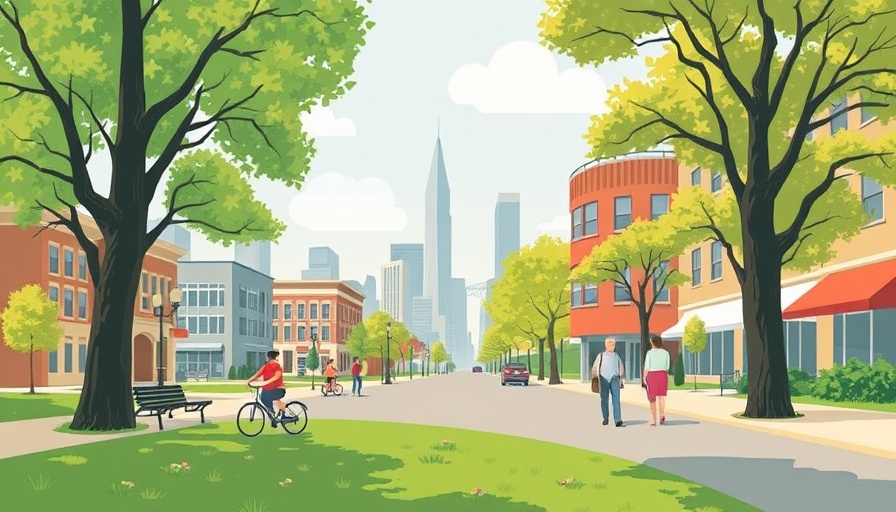
A Growing Network of Age-Friendly Communities
The AARP Network, which aims to foster age-friendly environments, has reached a significant milestone by extending its reach to 1,000 communities. This ambitious initiative not only champions the needs of older adults but also reflects a profound shift in local policy aimed at creating inclusive spaces where seniors can thrive.
The Benefits of Age-Friendly Cities
As the global population ages, the importance of age-friendly cities becomes increasingly evident. These communities incorporate features that assist older residents, such as accessible public transportation, safe walkable streets, and adequate health and social services. Not only do such adjustments enhance the quality of life for seniors, but they also benefit everyone within the community by fostering inclusivity and engagement.
Historical Context of Age-Friendly Initiatives
The concept of age-friendly communities was first championed by the World Health Organization, which identified key areas such as housing, transportation, and social participation as critical to the well-being of older adults. The recent expansion of the AARP Network illustrates a growing recognition at a local level that these principles are essential for nurturing sustainable communities. Cities like San Francisco and New York have blazed the trail with focused policies supporting aging in place, serving as models for others looking to join the movement.
Perspectives on Local Policy Shifts
While the push for age-friendly policies receives widespread support, some skeptics argue that the focus often sidesteps younger populations and economic factors. Critics suggest that infrastructure changes can be expensive and may prioritize older demographics over immediate needs of younger community members. However, advocates counter that intergenerational benefits arise from such initiatives, as well-designed environments cater to all age groups.
Future Implications for Seniors and Communities
As the AARP Network continues to grow, the future looks promising for the development of age-friendly communities across the nation. Urban areas are increasingly recognizing the necessity of inclusive policy-making, which is expected to spur further innovation in housing and infrastructure. Innovations such as smart technology in homes and enhanced pedestrian zones will likely play a vital role in how cities evolve to accommodate their aging populations, ultimately yielding environments that empower seniors to maintain independence.
Actionable Insights for Senior Home Owners
For senior homeowners, knowing that their communities are part of the AARP Network presents opportunities to voice their needs and concerns effectively. Engaging with local groups advocating for age-friendly practices can help ensure that policymakers prioritize accessible designs and social services. Furthermore, showcasing individual stories of how community enhancements have directly lifted the quality of life can strengthen the case for ongoing investment in age-friendly initiatives.
As we step into this new era of inclusive living, it is crucial for senior homeowners to stay informed about new developments in their local areas and participate actively in conversations that shape their environments. By doing so, they not only secure better living conditions for themselves but also contribute to a collective vision for age-friendly communities that cater to the needs of all.
 Add Row
Add Row  Add
Add 




Write A Comment